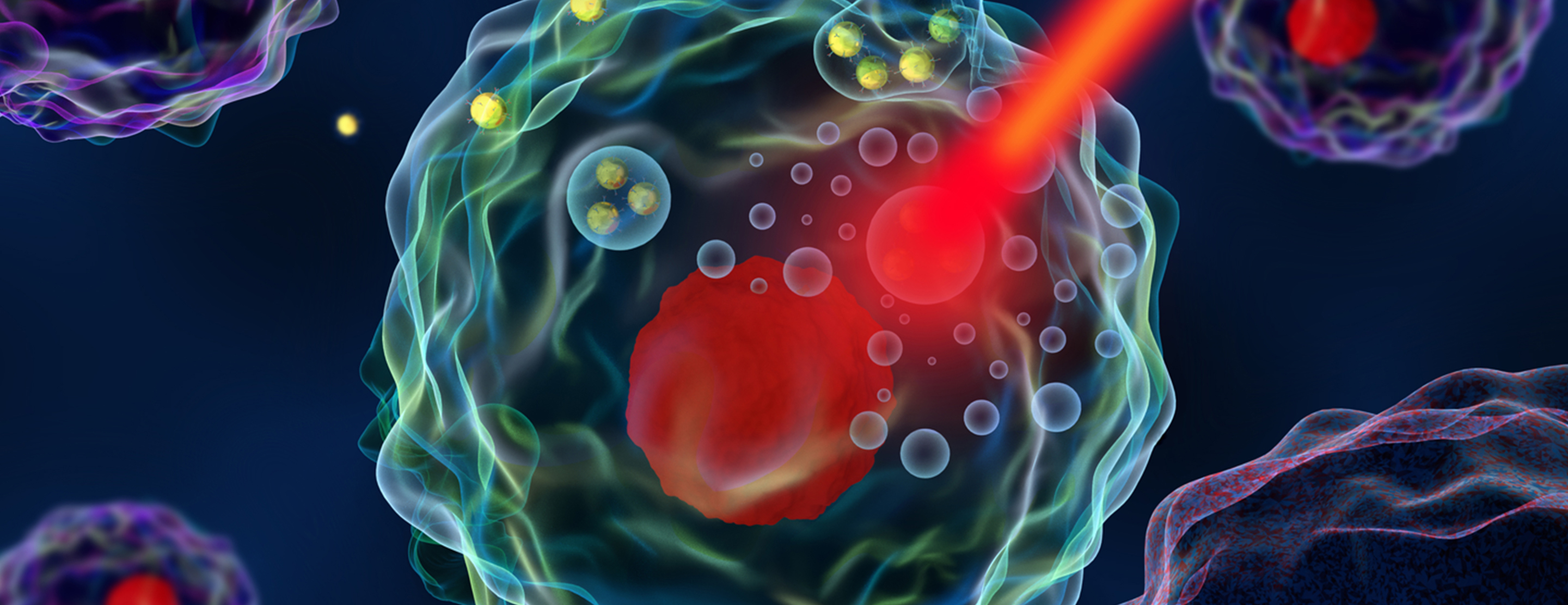Hyperthermia is a treatment that uses very high heat levels to kill small cancer tumors and lower heat levels to enhance the effectiveness of radiation and chemotherapy. It is especially useful for treating previously radiated cancers that have recurred.

Hyperthermia
Research has shown that patients can benefit by adding hyperthermia to radiation therapy and chemotherapy for the treatment of recurrent breast, cervical and head and neck cancer, melanoma, and other locally advanced or recurrent cancers. Hyperthermia is most commonly used to treat tumors that are close to the surface of the body.
UCSF has had a hyperthermia program since 1986 and led the first North American phase III trial to demonstrate the survival benefit of hyperthermia and radiation to treat brain tumors.
Procedure
A device, called a surface applicator, is applied to the region of the tumor. The area is heated to a temperature of 43 degrees C, or 109 degrees F, for about an hour.
Hyperthermia is performed within an hour of radiation therapy or chemotherapy. It can be used to treat deeper tumors when combined with high-dose rate (HDR) brachytherapy.
UCSF is the only National Cancer Institute (NCI) designated comprehensive cancer center offering multi-modality hyperthermia in the western United States. This means that we use the most advanced technology and equipment available, allowing us to customize hyperthermia to most effectively treat your cancer.
Conditions Treated
Conditions treated include:
- Breast cancer, recurrent and locally advanced
- Cervical cancer, locally advanced
- Melanoma
- Neck cancer
- Prostate cancer, locally advanced
- Uterine cancer, locally advanced
Hyperthermia is also used to treat advanced, persistent tumors and large, bulky tumors.
UCSF Health medical specialists have reviewed this information. It is for educational purposes only and is not intended to replace the advice of your doctor or other health care provider. We encourage you to discuss any questions or concerns you may have with your provider.








